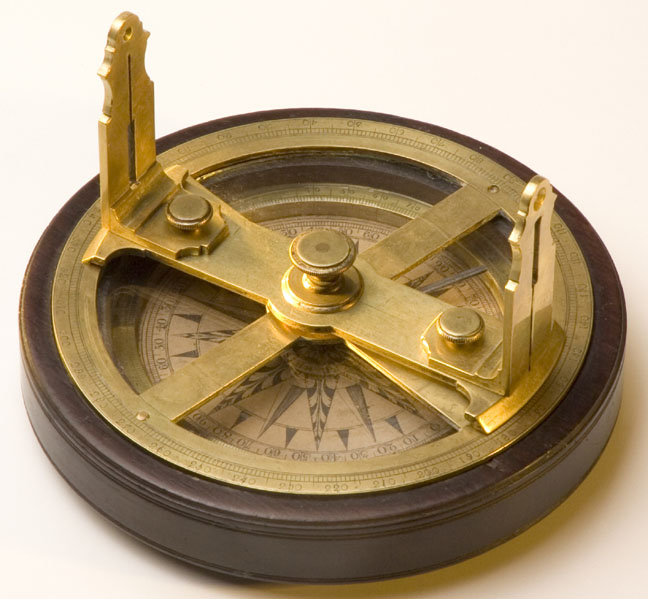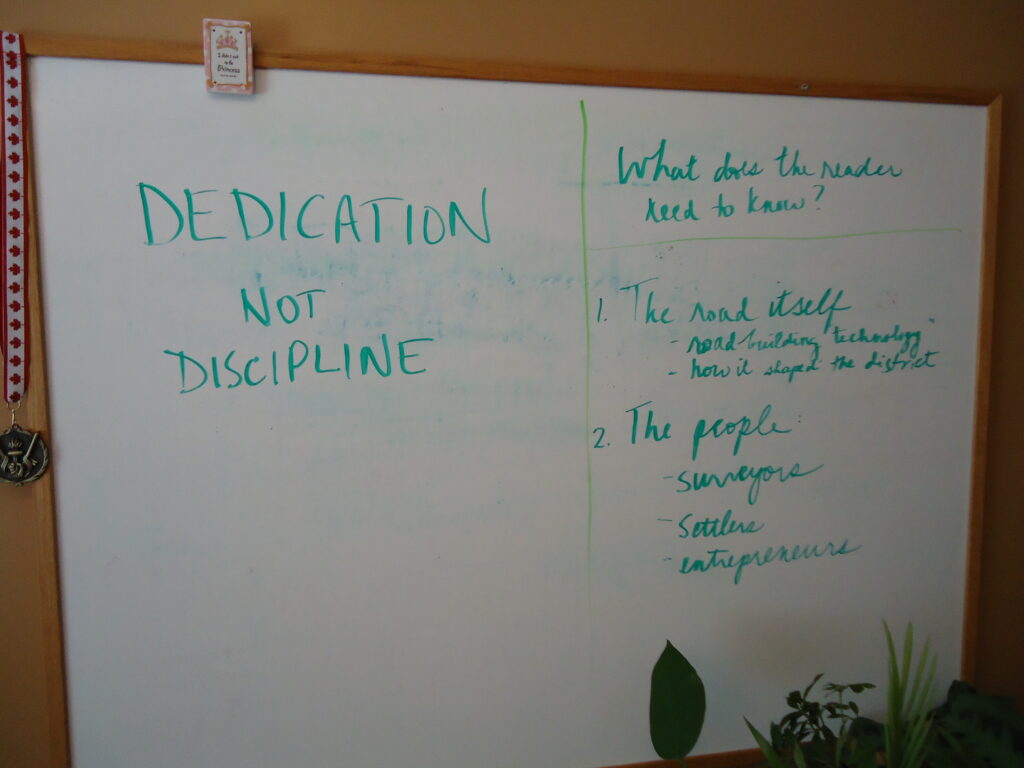PROJECT PLAN, PART 2: Getting There From Here
There are two ways to plan out this project overall:
- Figure out how I’m going to get from today to a finished manuscript a year from now.
- Identify the first milestone, plan for achieving that, then adjust as needed. Identify the next milestone, then repeat until the manuscript is finished.
I’m choosing Option 2. Until I get into the research more, I can’t do a good job of planning the entire project. I’d prefer to get started and adjust as I go, of course keeping the end in mind.
So for now, I’m going to define the first milestone.
I’ve already decided that I want to start with the surveyors of the road. I think you should always start a project with something you find really enticing, and these guys – Gibson, Dennis et al – were fascinating people in their own right. They also pioneered some new surveying standards that literally laid out the province of Ontario. But imagine if you will – pulling a length of metal chain 66 feet long through virgin forest, based on a sighting taken by a “circumferentor.” Better send the axemen in first to hack down all the trees that are in the way!

I’d like to start with a short time-frame, between now and the end of December. That allows me to assess and re-adjust before I get too far along. So here’s a bit of book math:
Days available, Oct 12 to Dec 23, not including weekends =
53 days
X 50% (Remember, this project is to be “joy, not a job.” This gives me plenty of contingency!) =
26 days
So here it is – [insert all appropriate fanfare]:
My first Goal/Milestone: Complete research on 19th century and modern surveyors of the road and their methods. Draft one or two stories highlighting the experiences of early settlers.
A more detailed task list is here: Task List Towards the First Milestone
Off I go!
